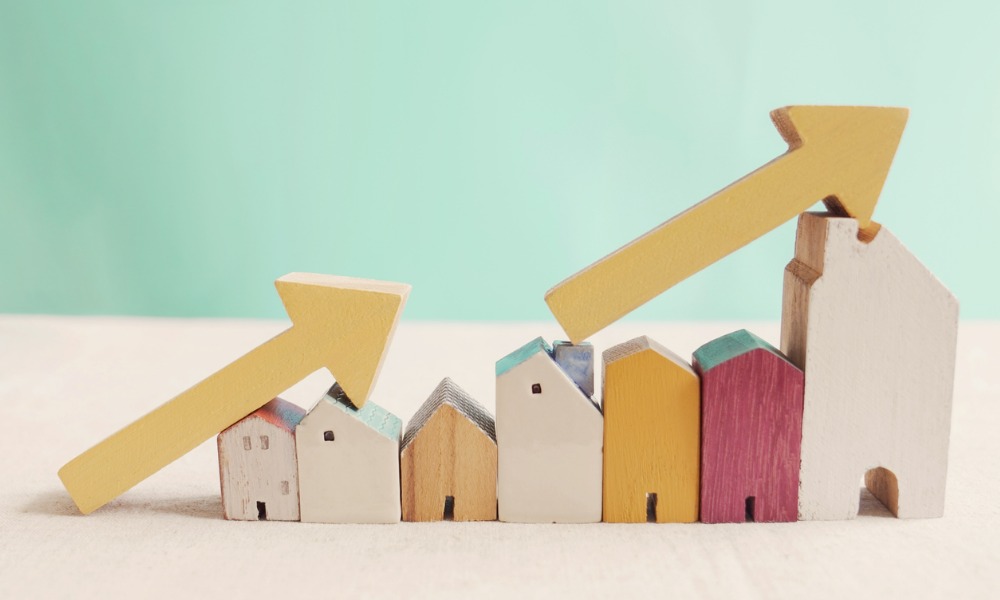Sydney suburb sees $378 weekly rise

Median rents skyrocketed by more than $100 per week in 35 housing markets and 23 unit markets across Australia over the 12 months to August as supply continued to tighten, according to new data from CoreLogic.
Rose Bay in Sydney’s eastern suburbs saw the highest weekly rental spike at $378, or 22.3%, over the year, according to The Australian Financial Review. It was followed by Roseville Chase (up $241), Lindfield (up $221) and Roseville (up $211) on Sydney’s upper north shore.
The national vacancy rate has plummeted to 0.9%, its lowest level in 16 years. However, there are indications that the rapid growth of rent prices is easing, AFR reported.
Rental value increases for houses across Australia eased from 2.8% in the three months to May to 2.2% in the three months to August, while median unit rent growth slowed by 0.1 percentage point to 3.6%.
Some of the smaller capitals and regional markets, which posted stronger rental growth during the COVID-19 pandemic, have now posted a decline in rental growth, according to AFR.
House rents in Canberra fell by 0.4%. They were down by 0.2% in Hobart and by 0.6% in regional Tasmania. Regional NT saw a 0.6% drop, and regional SA posted a 0.3% decline.
“Rental affordability is likely to be the main factor impacting rental demand, with many renters searching for more affordable rental alternatives as rents continue to rise,” CoreLogic economist Kaytlin Ezzy told AFR. “After house rents surged through 2021, rental demand shifted towards the medium- to high-density sector as a more affordable alternative.”
While some regional areas posted quarterly drops, rental gains over the year to August were still widespread. House rents in the Gold Coast suburbs of Maudsland and Jacobs Well spiked $168 and $154 per week, respectively. In Adelaide, Glenelg South rents rose by $150 per week and Glenelg East rents climbed by $140.
Docklands in inner Melbourne saw the biggest rise in the unit market at $161 per week, or 35.1% over the past 12 months. Southbank rents rose by $150, or 33.9%, while West Melbourne rents rose by $146 per week, or 36.4%.
Nationally, unit rents have spiked by 11.3% over the past 12 months – the strongest annual growth rate ever recorded.
Read next: Rental crisis: Worse yet to come, says government housing head
The short-term outlook for the rental market remains unclear, since different forces will influence the size and number of newly formed households, AFR reported.
“Now that national unit rents are recording the strongest annual growth on record, it’s likely a number of renters are looking to form larger households, reversing the trend seen over the COVID period, in an attempt to share higher rental costs across a larger tenancy base,” Ezzy said. “At the same time, we’ve also seen the number of overseas migrants bounce back in recent months, particularly across Sydney and Melbourne, which has potentially offset the reduced demand caused by the current anecdotal trend toward larger rental households.”
Ezzy said that with vacancy rates at near-record lows, it’s likely that rents will continue to rise for some time.
“How high rents rise will be limited only by what prospective tenants are willing or able to pay, with rental affordability becoming a larger factor impacting rental demand,” she said.



